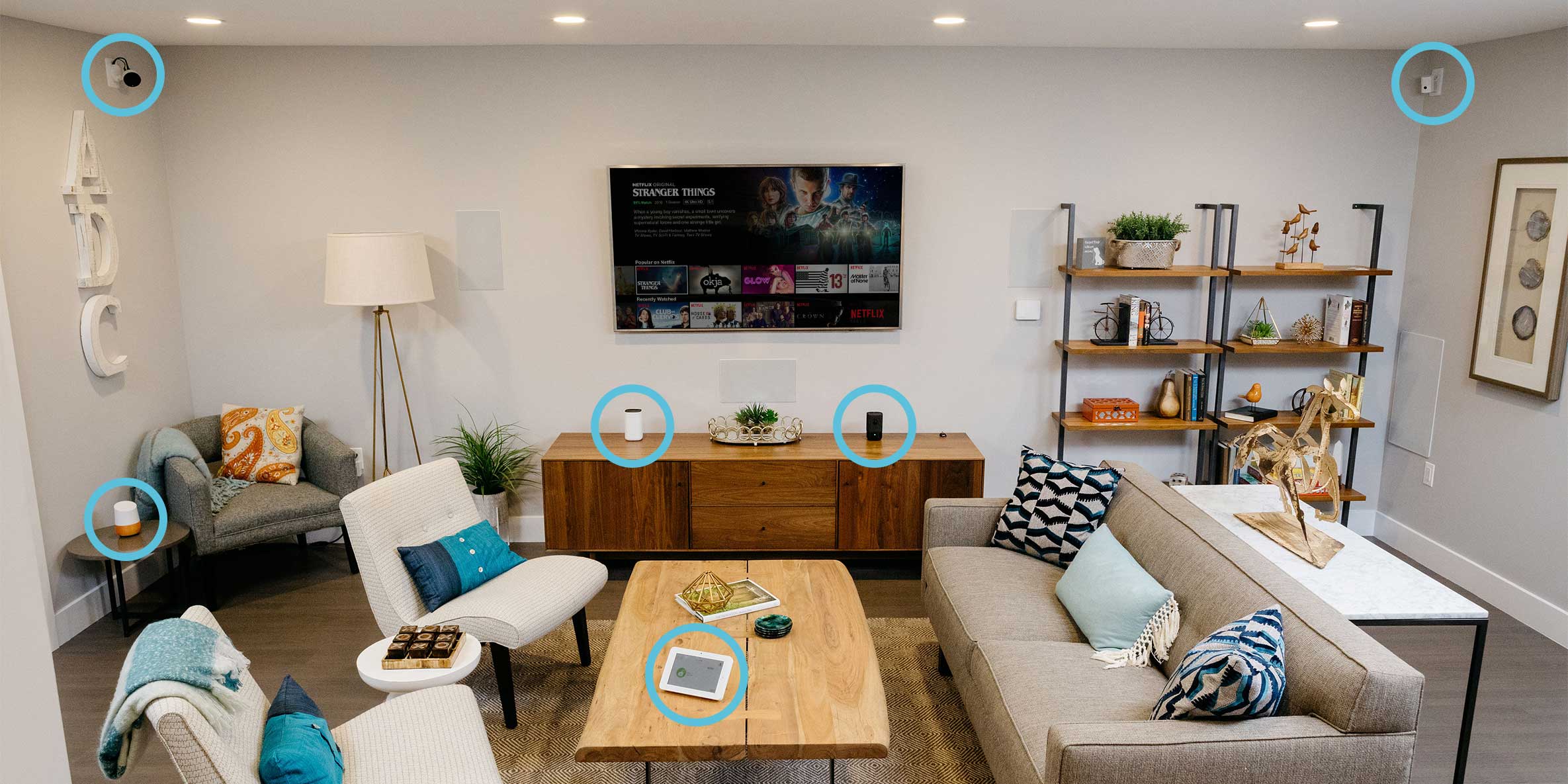
Connected Living: Harmonizing Smart Home Ecosystems
Smart homes have become an integral part of modern living, transforming the way we interact with our living spaces. These homes are equipped with interconnected devices and systems that aim to enhance convenience, security, and energy efficiency. In this article, we’ll explore the evolution of smart home ecosystems and how they contribute to a seamless connected living experience.
The Rise of Smart Home Ecosystems
The concept of a smart home ecosystem involves the integration of various devices and technologies to create a unified and intelligent living environment. From thermostats and lighting to security cameras and kitchen appliances, these interconnected systems communicate with each other to provide a more efficient and automated home experience. The rise of the Internet of Things (IoT) has played a pivotal role in enabling this interconnectedness, allowing devices to share data and respond to user preferences.
Enhancing Convenience in Daily Life
One of the primary advantages of smart home ecosystems is the convenience they offer to homeowners. Imagine being able to control the lighting, temperature, and entertainment systems in your home with a simple voice command or a tap on your smartphone. Smart home devices, such as virtual assistants and smart speakers, have made it possible to streamline daily tasks and create a more user-friendly living environment.
Optimizing Energy Efficiency
Smart home ecosystems contribute significantly to energy efficiency by providing users with insights and control over their energy consumption. Smart thermostats can learn and adapt to user preferences, adjusting the temperature based on occupancy patterns and external weather conditions. This level of automation not only enhances comfort but also leads to energy savings, reducing the environmental impact of home energy use.
Ensuring Home Security and Safety
Security is a top priority for homeowners, and smart home ecosystems offer advanced solutions to address this concern. From smart doorbell cameras with facial recognition to motion sensors and smart locks, these technologies provide a comprehensive approach to home security. Users can remotely monitor their homes, receive real-time alerts, and even grant access to visitors from their smartphones.
The Role of Connectivity Standards
For a smart home ecosystem to function seamlessly, compatibility and standardization are crucial. Various communication protocols, such as Zigbee, Z-Wave, and Wi-Fi, enable different devices to communicate with each other. This interoperability ensures that users can mix and match devices from different manufacturers, creating a customized smart home ecosystem that suits their needs.
Looking Ahead: Integration and Interoperability
As technology continues to advance, the future of smart home ecosystems lies in increased integration and interoperability. The goal is to create a more cohesive and unified experience for users, where devices from different manufacturers seamlessly work together. This evolution will likely involve the development of common standards and protocols that facilitate collaboration among diverse smart home devices.
In conclusion, smart home ecosystems have revolutionized the way we interact with our living spaces, offering enhanced convenience, energy efficiency, and security. The interconnected nature of these systems creates a seamless living experience that adapts to user preferences and contributes to a more sustainable future. To learn more about the latest innovations in smart home ecosystems, visit Smart home ecosystems. Embrace the future of connected living and unlock the full potential of your smart home.
